A partnership born to solve challenges
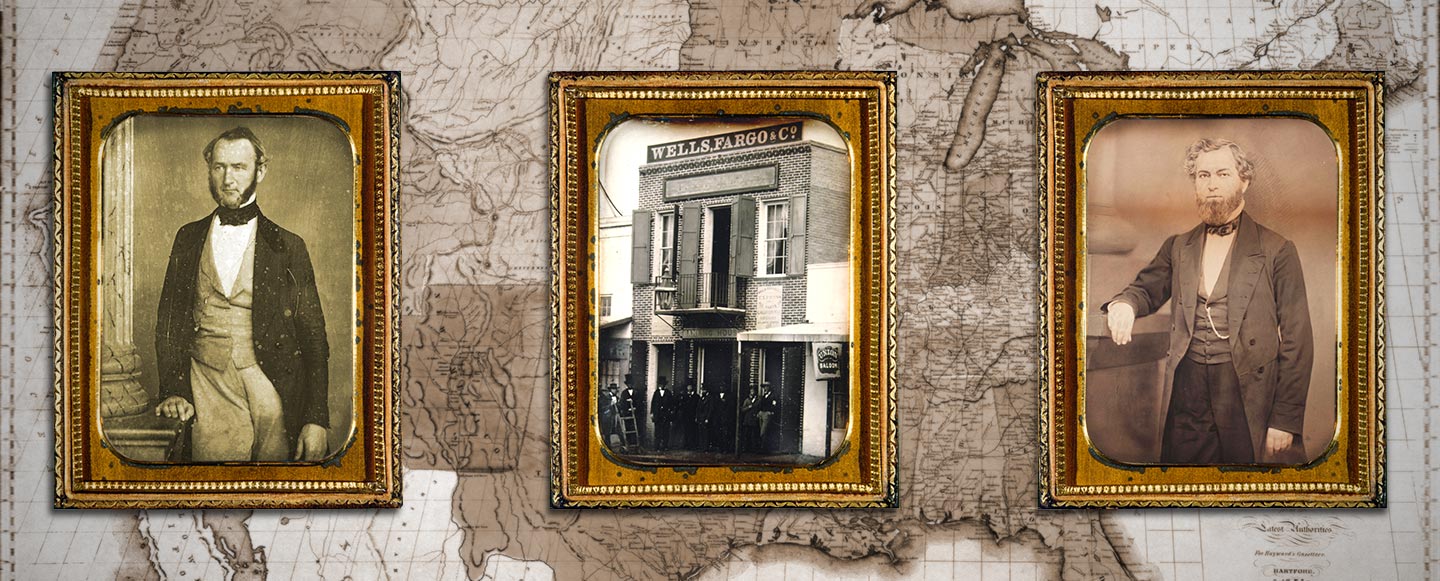
In March 1852, Henry Wells and William G. Fargo founded Wells, Fargo & Co. Just like the company in its early years and today, the men who founded it were known for creating innovative solutions to help their customers succeed.
Henry Wells
Wells was born December 12, 1805, as the third of four children of itinerant Presbyterian preacher Shipley Wells and Dolly Randall Wells in Thetford, Vermont. Before becoming a leader in the express and banking industries, Wells first worked as an apprentice tanner and shoemaker at the age of 16.
One of the biggest challenges he faced early in life was coping with a severe stutter. In 1824, Wells visited a speech therapist in Rochester, New York. Taking what he learned from the therapist and integrating his own methods, Wells traveled to several cities to help others with speech impediments.
Despite his best efforts, his stutter remained pronounced. Wells later joked, “I cured everybody but myself.” His difficulty speaking never kept him from making friends, though, and his energy, outgoingness, and friendships formed the foundation of many of his business endeavors.
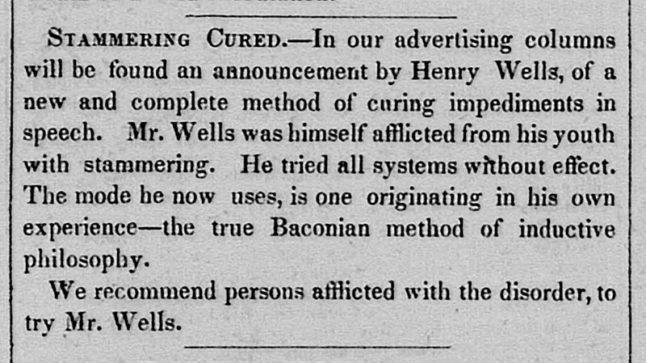
William G. Fargo
Born on May 20, 1818, in Pompey, New York, Fargo was the eldest of 12 children born to William C. Fargo and Tracy Strong Fargo. As a boy, he worked on his father’s farm in summer, and in winter he attended school. When he was 13 years old, the local postal contractor hired Fargo to carry the mail on a 43-mile circuit around Pompey.
In his adult life, Fargo’s business investments included many railroad companies, leading to his role as a director of the Northern Pacific Railroad. His involvement in railroads created a lasting legacy in many towns, including Fargo, North Dakota — a city named after him.
Fargo also invested in many businesses in railroad towns. He became an original stockholder of North Western National Bank, founded in Minneapolis in 1872, which later merged with Wells Fargo as Norwest in 1998.
The beginning of an industry
In 1841, William Harnden, the nation’s first expressman, hired Wells to find a solution for people needing delivery service between New York City and Albany, New York. At the time, many people preferred to hire a courier instead of sending letters by the U.S. Postal Service when things needed to arrive quickly. For people who couldn’t afford that option, they handed their valuable packages and letters to stagecoach drivers, railroad conductors, or steamship crew and hoped for the best. Dedicated express messengers like Wells offered an affordable and secure alternative by acting as a paid courier for multiple customers.

After working with his customers and learning their business needs, Wells told Harnden there was demand for extending services west of Buffalo, New York; Chicago; and St. Louis. Harnden replied, with little foresight, “If you choose to run an Express to the Rocky Mountains, you had better do it on your own account; I choose to run an Express where there is business.” Wells left Harnden’s company to start a business of his own.
At that time, traveling between Albany and Buffalo required riding on multiple train and stage lines over three days and four nights. For 18 months, Wells spent 18 of every 21 days on the road with a carpetbag filled with money and valuables and a trunk filled with odd packages of all kinds.
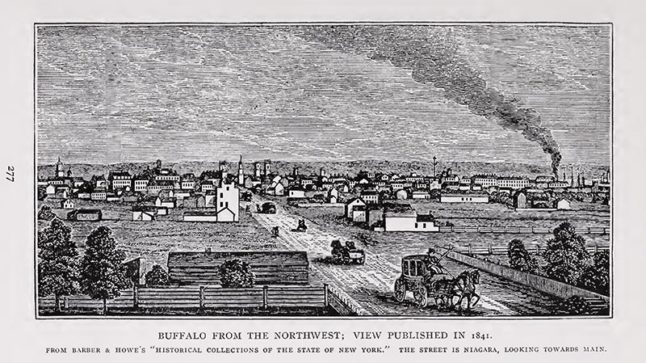
One of his fondest memories during the early days of his business was when he successfully delivered fresh oysters to Buffalo. As Wells later described it, the residents gathered around him as his delivery “created almost as much excitement as the locomotive on its first trip through the country.”
He also remembered the bankers and merchants who trusted him to deliver their payments. For the first time, “parties unknown even to each other save by name” could do business across great distances because they trusted Wells to carry their money “without risk and with very small cost.”
Wells and Fargo work together
In 1845, Wells worked with Fargo, hiring him as a messenger, to extend his express service to Cleveland, Chicago, and other points in the Midwest. Fargo climbed aboard the stagecoach and steamboat to deliver packages, paper and money, including a regular eight-day trip from Buffalo to Detroit. Fargo used that experience to later set up business under his name and hire his own messengers.
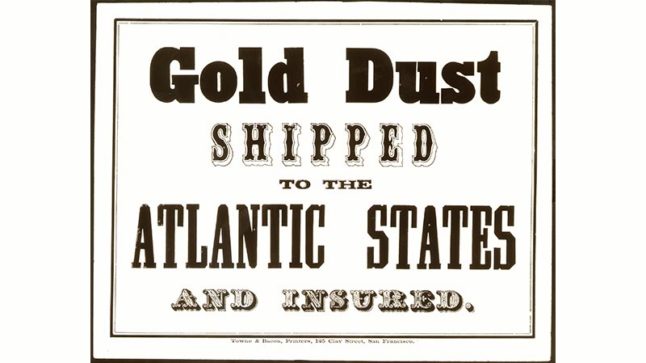
In 1850, Wells, Fargo, and the other messengers they worked with merged their many businesses under the name American Express Company, which created a large network of messengers and offices for customers across the East Coast and into the Midwest. At the same time, news of gold found in California had set off one of the largest migrations in American history as people went to find their fortune. For the first time, reliable coast-to-coast communication, freight shipping, and payment services were needed.
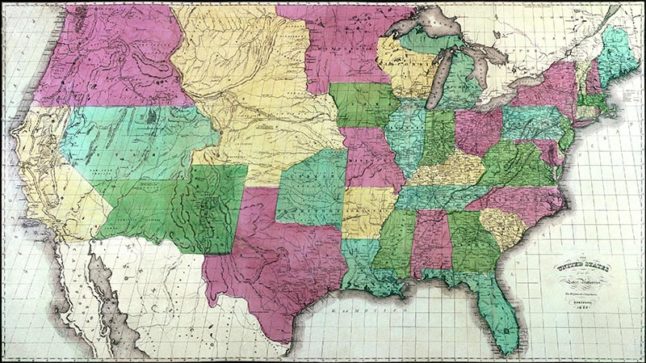
In 1852, Wells and Fargo went to the board of American Express and proposed expanding to meet the demands of their customers on the Pacific Coast. The majority of the board declined and Wells and Fargo decided to start their own company: Wells, Fargo & Co.
Later years
After they started the company, Wells and Fargo served as board members, and for the rest of their lives when they were introduced at events or mentioned in newspapers, they were always connected to Wells Fargo. Wells served on the board from 1852 to 1866. Fargo served on the board from 1852 to 1881, the year he died. He also served as president of Wells Fargo from 1870 to 1872 and president of American Express from 1868 to 1881.
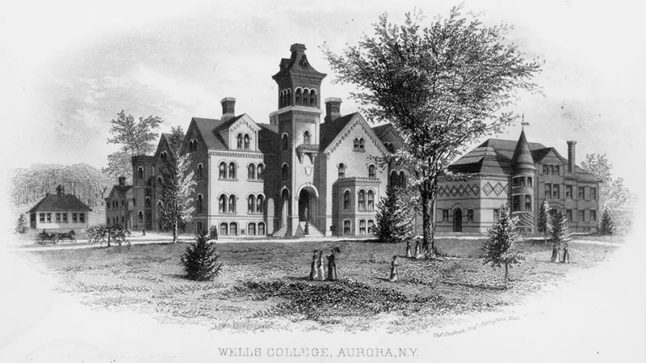
More than a decade after starting Wells, Fargo & Co., Wells accomplished what he called his lifelong dream: to establish a college for women. He devoted his fortune to founding Wells College in Aurora, New York, in 1868 — one of the nation’s first institutions of higher learning for women. In a speech at the college in 1875, three years before his death, he declared, “May we all remember our lives are not measured by the number of years and days we exist, but by what we accomplish while we do live, and the good we may render to our fellow man.”
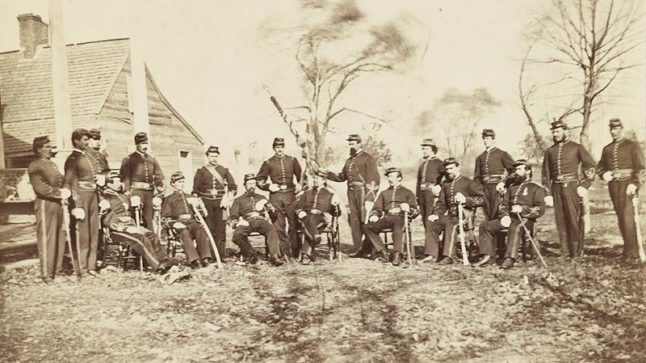
As for Fargo, he served twice as mayor of Buffalo during the Civil War. At his inauguration in 1862 he vowed, “In this hour of national peril and trial, when every man feels or should feel the necessity of lending his whole strength to the government, it is no easy task to turn to the detail of municipal affairs. And yet, it was never more important that our local governments should be properly administered.” In addition to keeping the city running smoothly, he also contributed to the war effort. He paid to ship care packages to Buffalo troops, provided a local regiment with a regimental flag, and, in 1864, helped Union forces prevent a Confederate plot to invade Buffalo and other Lake Erie cities.
Today, Wells Fargo follows in the footsteps of its founders, adapting to the demands of a changing world and seeking innovative solutions to help its customers succeed financially.